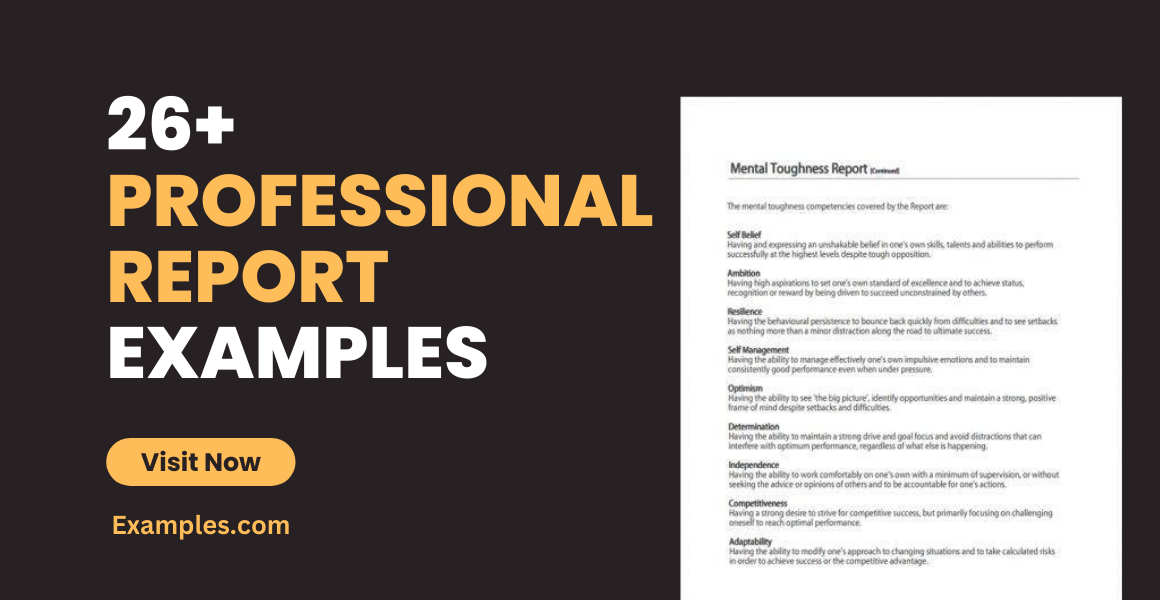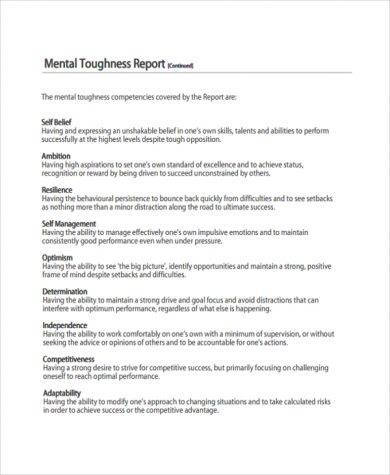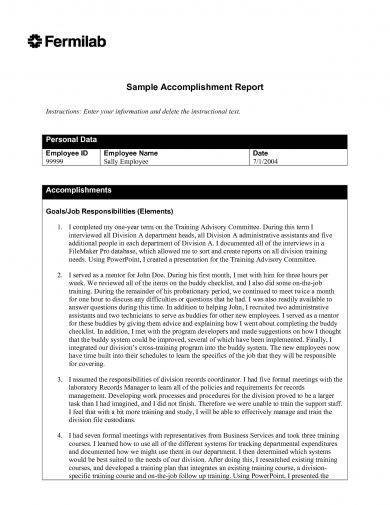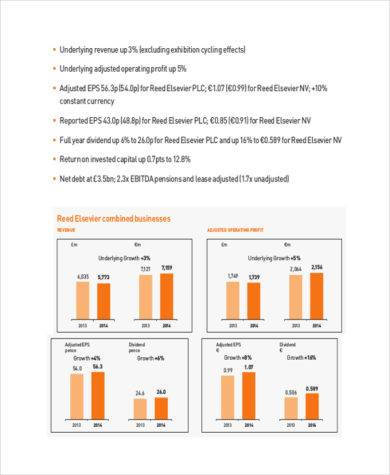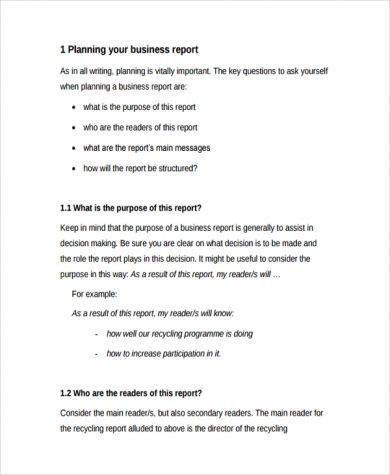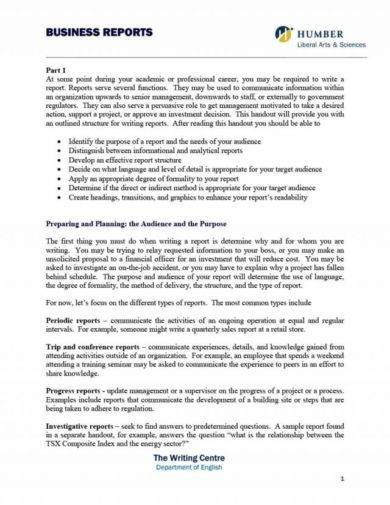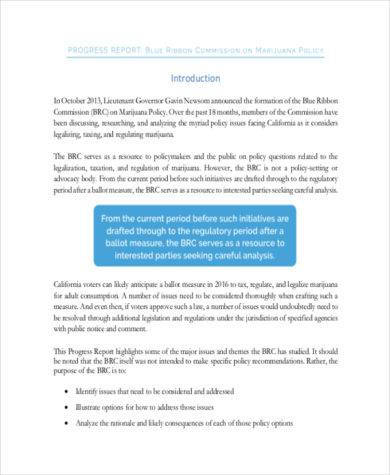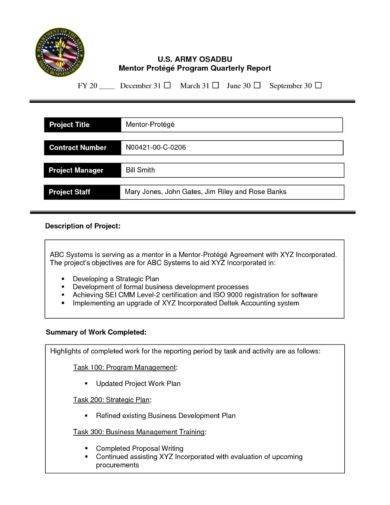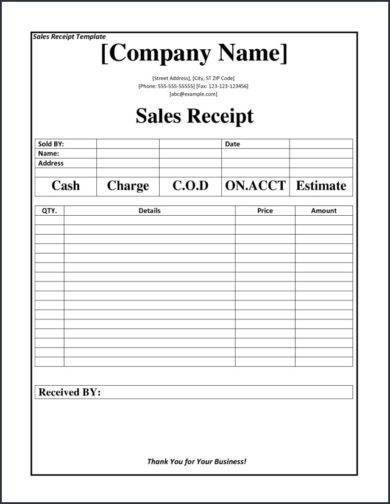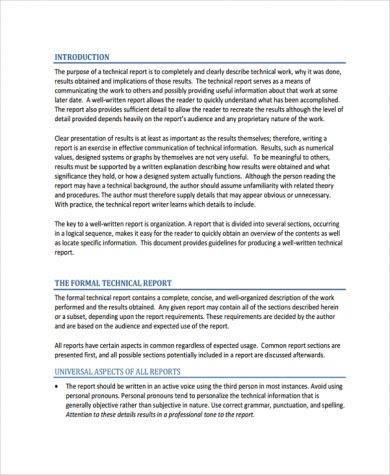26+ Professional Report Examples to Download
At some point in our life, especially as a student, intern, or employee of a corporate company, no doubt that there are times wherein we’re asked to prepare a professional report by your professor or direct manager. The process of creating a report has been around since time, considering that reports present information in an organized format, depending on the specific audience and purpose. However, sometimes we tend to forget how essential reports are. We need to keep in mind that reports serve as the foundation of one operation’s thinking process, whether in the academe or the business setup. With this said, we give you below a recap on how you can craft a professional report through our handy step-by-step guide.
Professional Client Progress Report Template
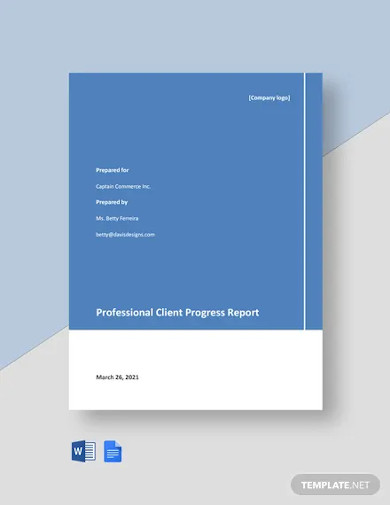
Student Performance Report Template
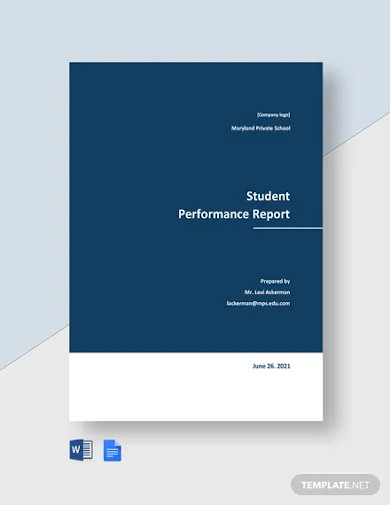
Sample Audit Report Template
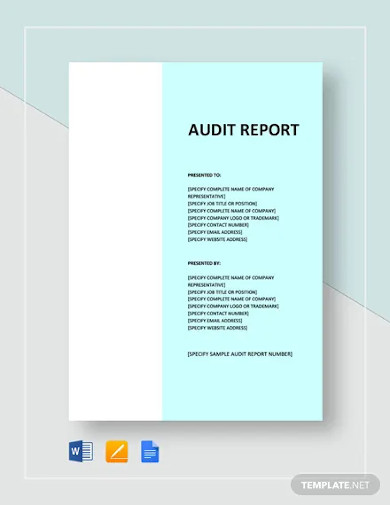
Internship Report Sample
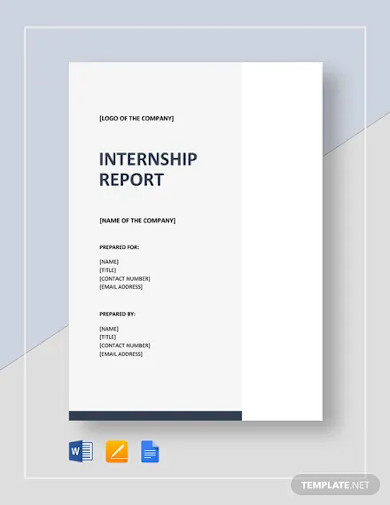
Project Report for Bank Loan Template
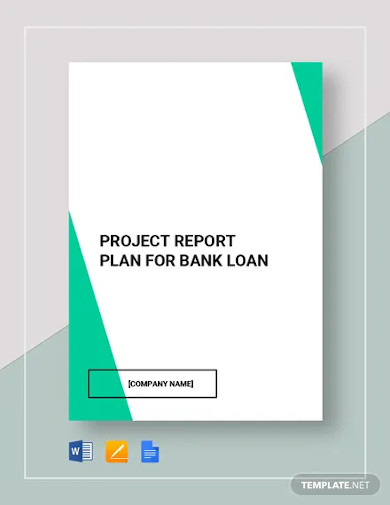
Internal Process Audit Report Template
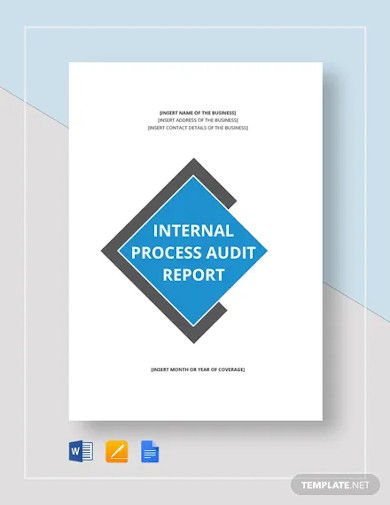
Business Progress Report Template
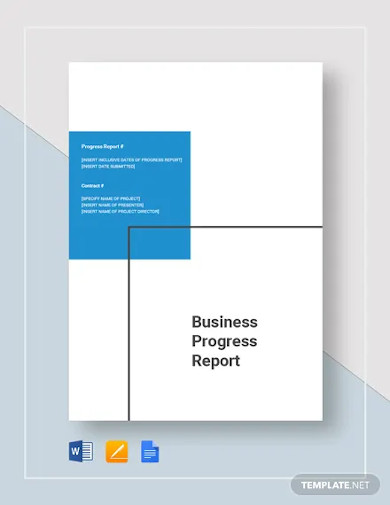
Market Analysis Report Template
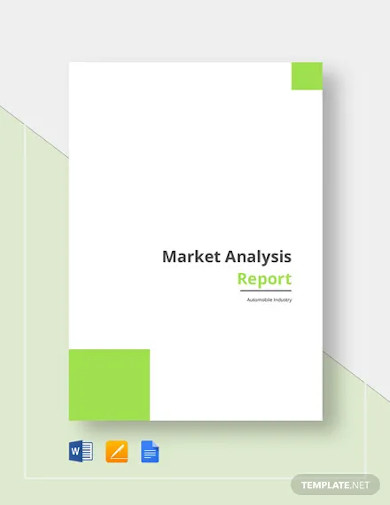
Budget Report Template
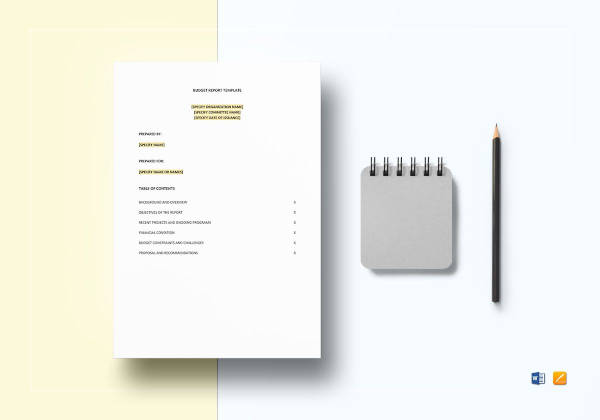
Business Executive Report Template
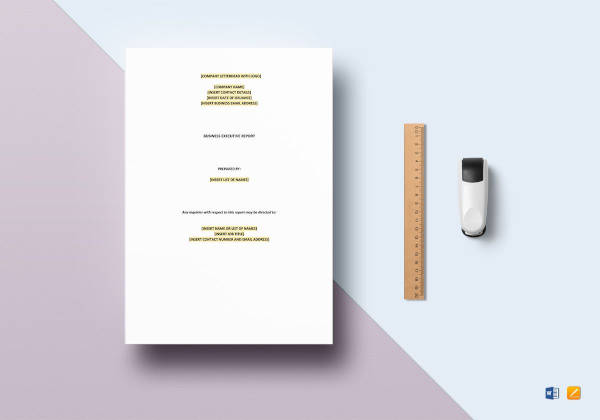
HR Executive Report Template
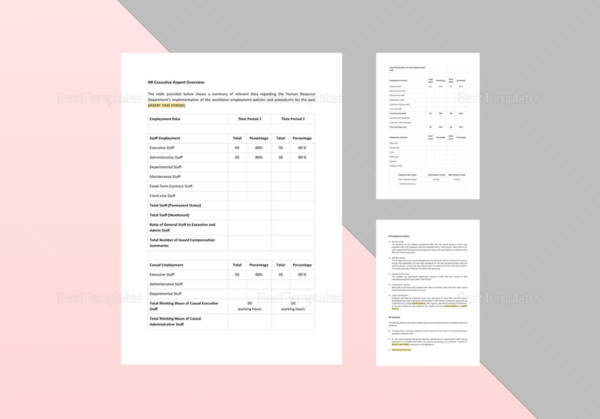
Industrial Training Report Template
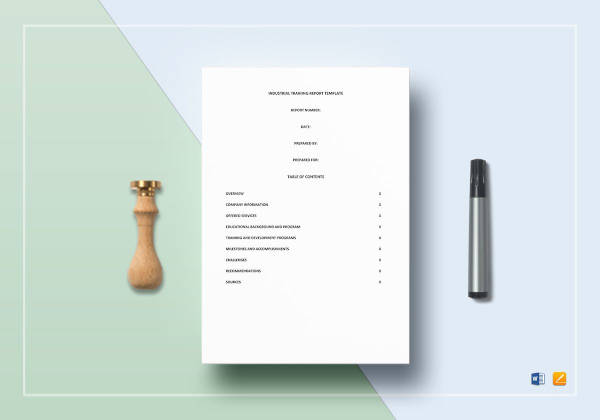
Business Data Analysis Report Template
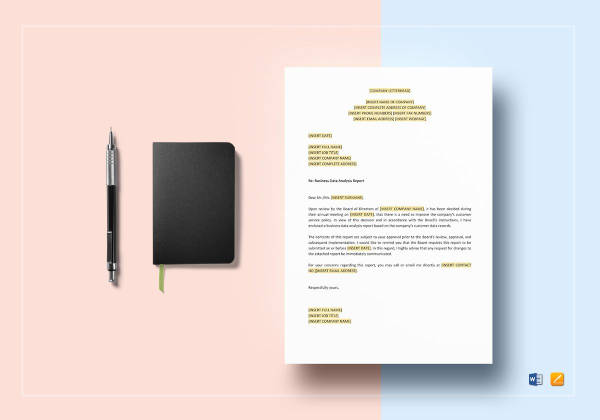
Business Call Report Template
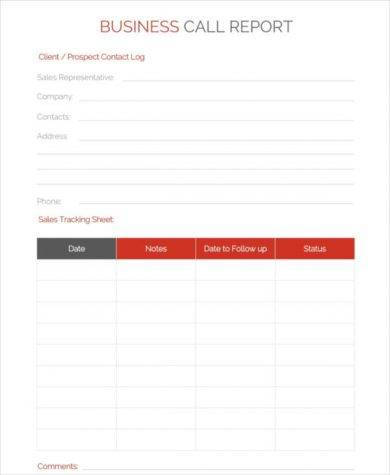
Weekly Work Report Template
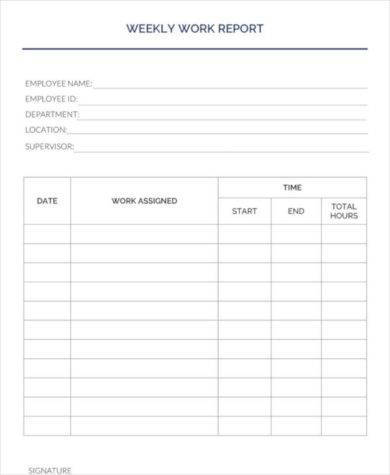
Daily Sales Activity Report Template
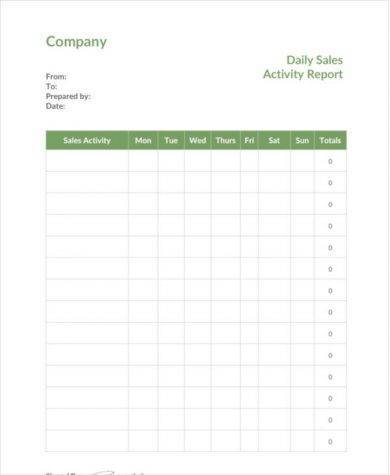
Sample Daily Report Card Template
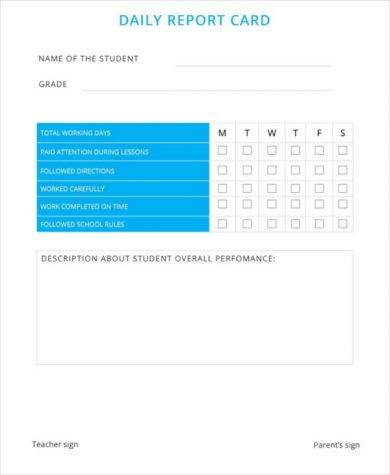
Free Professional Report Example
Professional Accomplishment Report Example
Professional Annual Report Example
Professional Business Planning Report Example
Professional Business Report Example
Professional Progress Report Example
Professional Quarterly Report Example
Professional Sales Report Example
Professional Social Media Report Example
Professional Technical Report Example
What Is a Professional Report?
A professional report is a formal document that delivers specific information about a topic to a particular audience. This can be to inform or persuade readers about a particular topic that may be relevant in their field. Here, detailed information and evidence are presented, examined, and applied to a significant problem or issue. This information is presented and organized in a structured format consisting of sections and headings that are categorized according to its purpose in the study.
Tips for Creating a Professional Report
Professional report writing is a task aimed at business professionals of all levels. Since written communication is an essential part of your job, specifically when dealing with clients, business associates, executives, and colleagues, learning how to write formal reports can help you perform your job effectively. Upon writing a report, you still need to structure your content according to a specified format while keeping intact with its intended purpose. Without further ado, check out our tips below on how you can ace your professional report creation.
Tip 1: Plan and Prepare
Before you can put pen to paper, you must first gain an in-depth understanding of what the report is for. Make sure to understand and analyze your target audience, select an appropriate method for data gathering, and have a set of objectives for your report. You can also make use of a report outline to properly organize your major points in a logical manner. The planning and preparing stage of report writing is usually the most crucial. Acting on impulse and without a stern direction can lead to chaotic outcomes. Apart from a poorly written output in terms of wording and structure, you may end up forgetting important points relevant to the problem or issue.
Tip 2: Process and Present
Once you begin drafting your report, be sure to follow the necessary structure. Since we’ve already discussed what to include in each chapter of your report, just remember to keep your report writing clear and to the point. Avoid including information that may not be related or completely relevant to your topic; otherwise, you may just confuse your readers with opposing statements. Everything that was written on your outline must be transferred to your content in a logical sequence. It should also be expounded clearly enough for readers to understand its relevance to the topic. Additionally, if your report exceeds the standard 10 pages, then it’s best to include a table of contents for guidance.
Tip 3: Evaluate and Follow-Up
Reviewing and editing the report is the last but not the least important step in professional report writing. When it comes to professional report writing, there is no room for errors. Check for spelling and grammar errors that may have been overlooked. You also need to assess whether the report meets the standardized requirements and if there any areas of the document, such as the structure and layout, that may be improved for future reports. Most writers even use a checklist to manage the overall quality of their reports.
What are the primary structures of a professional report?
When writing a report, you need to structure your content according to a specified format. Though report formats may vary depending on its intended purpose, the following items are some of the main features that make up a professional report:
- Title Page
- Terms of Reference
- Summary or Abstract
- Table of Contents
- Introduction
- Methods
- Results
- Conclusion
- Appendices
- Acknowledgments
- Glossary
What are the types of professional reports?
- Memos
- Meeting minutes
- Expense reports
- Audit reports
- Progress reports
- Compliance reports
- Annual reports
- Feasibility reports
What is the different type of business reports?
- Statutory reports
- Non-statutory reports
- General or Confidential reports
- Informal reports
Writing a professional basic report is a daunting process that requires time, patience, and skills to accomplish effectively. This allows you to deliver relevant information about a subject matter in a clear and concise manner. With enough knowledge and practice to help improve your skills in the craft, you can create professional reports without a hitch!


